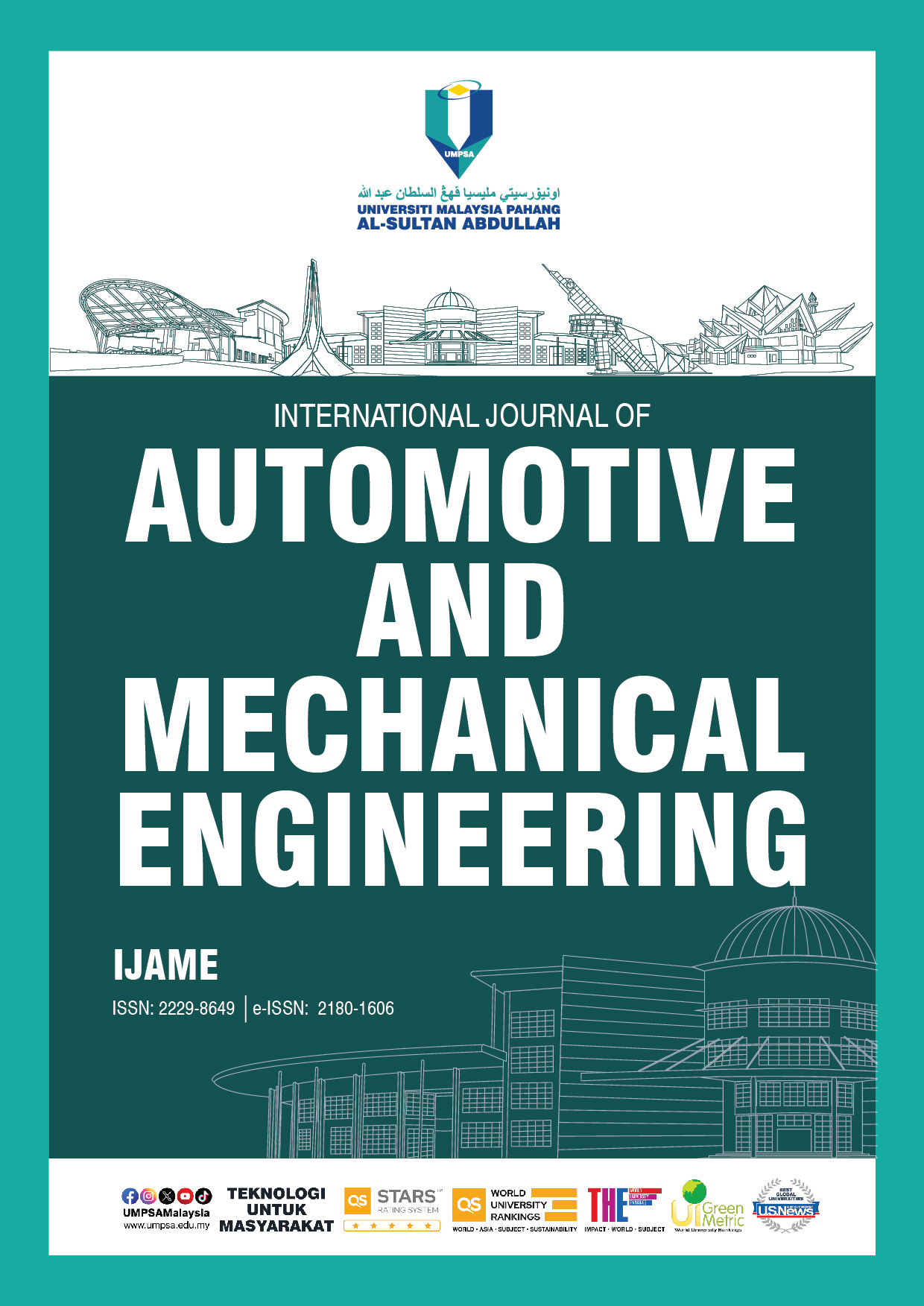A Review of Recent Improvements, Developments, Influential Parameters and Challenges in the Friction Stir Welding Process
DOI:
https://doi.org/10.15282/ijame.21.2.2024.20.0883Keywords:
Friction stir welding, Welding design factors, Joint strength, Welding qualityAbstract
Friction Stir Welding (FSW) is an innovative and reliable welding technique. Since this method is environmentally beneficial, it has received much attention and development over the past few decades. This study aims to revise the conceptual facts of FSW and evaluate the most recent improvements and developments in its applications. This review also assesses the influences of design parameters such as rotational and welding speeds on weld quality and joint efficiency. Existing challenges associated with applying FSW in various contexts, as well as the potential advantages that might lead to further study and broader FSW applications, are addressed. It has been concluded that FSW allows for optimising the rotating speed based on the preferred welding speed to achieve the greatest tensile strength in the welded materials. Despite FSW being established as effective in laboratory and small-scale applications, utilising FSW for large structures poses challenges. These challenges include maintaining consistent weld quality, controlling heat dissipation, and ensuring joint integrity during FSW. Consequently, further research is required to resolve these challenges and make FSW a promising welding method in contemporary production sectors.
Downloads
Published
Issue
Section
License
Copyright (c) 2024 The Author(s)

This work is licensed under a Creative Commons Attribution-NonCommercial 4.0 International License.







